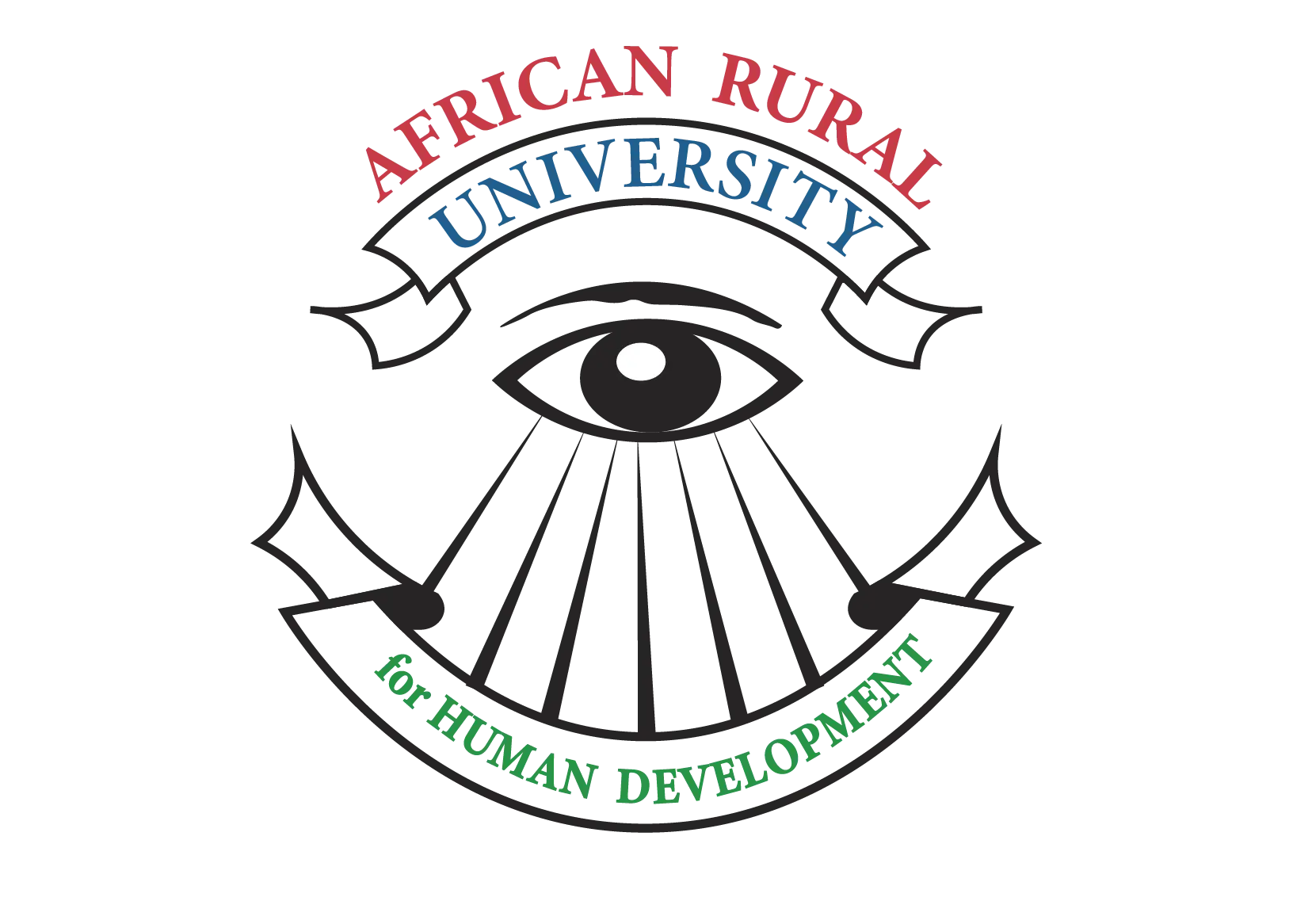| dc.description.abstract | Background: Trees provide ecosystem services, for
example, by preserving soil fertility and sequestering
carbon. They contribute 8.7 percent to Uganda’s
national economy. Due to the ecosystem services
trees provide, several stakeholders in Uganda have
intervened to increase tree cover in the landscape.
These stakeholders include; Ministry of water and
Environment, National Forestry Authority, World
vision Uganda (WVU) and licensed individual tree
planters in forest reserves. The success of their
interventions depends on several factors. Among
these factors, probably, the least studied is the
influence of different stakeholders in promoting tree
planting. This paper assesses the different
stakeholders in tree planting in Kiryanga Sub
County, Albertine rift region, Uganda | en_US |

